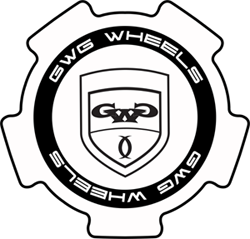Flow Formed Wheels

An upgrade to cast wheels is a process called Flow Forming. This methodology is also referred to as Flow Forged or Forged Hybrid. The reality is there is nothing forged about these wheels. The name Flow Forged is really a misnomer and shouldn’t be used (but is often used by marketers who want to convey a sense of strength in a wheel). But, Flow Forming, regardless if it isn’t forged, does have its own advantages to increase strength in the aluminum. This process allows wheel manufactures to use less material and thus can create a lighter wheel.
The process to flow form a wheel is the wheel is cast, just like any other cast wheel, however the die for the barrel portion of the wheel is narrower than the final wheel will actually be. Once the cast is made the unfinished wheel is placed on a machine where the wheel is heated to over 400 degrees and then spun. A spinning disc contacts the wheel and widens the barrel of the wheel forming the final shape and width of the wheel. This process of heat and pressure helps strengthen the aluminum in the barrel portion of the wheel.
The flow forming process can create some very lightweight wheels. Racers who compete in small cars like Spec Miata or Honda Challenge use these wheels for their advantage with reducing rotating mass. Less rotating mass helps with acceleration and breaking efficiency. There is some risk involved with flow formed wheels because with all of their lightness comes some issues with failures. The center of the wheel is still cast (with granular aluminum) and thus still has porosity in it which makes the hub section of the wheel brittle.






Leave a Comment